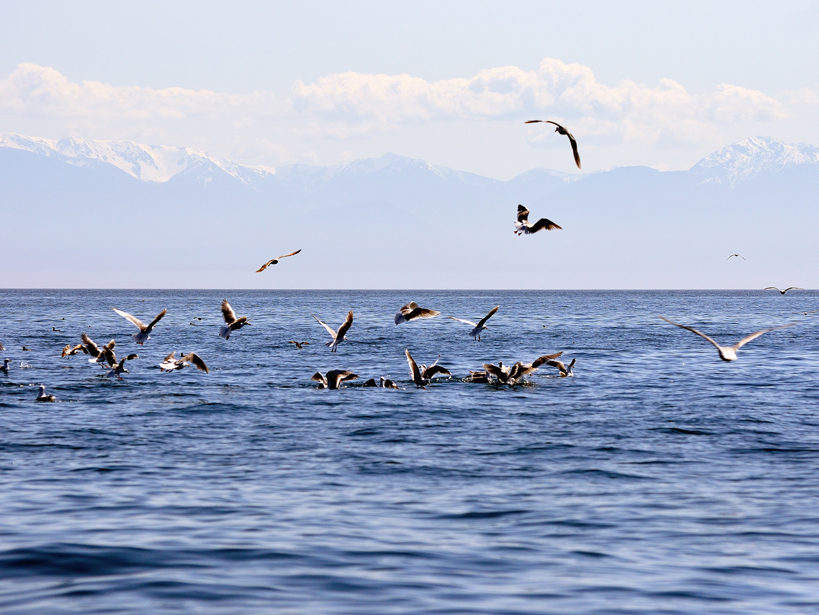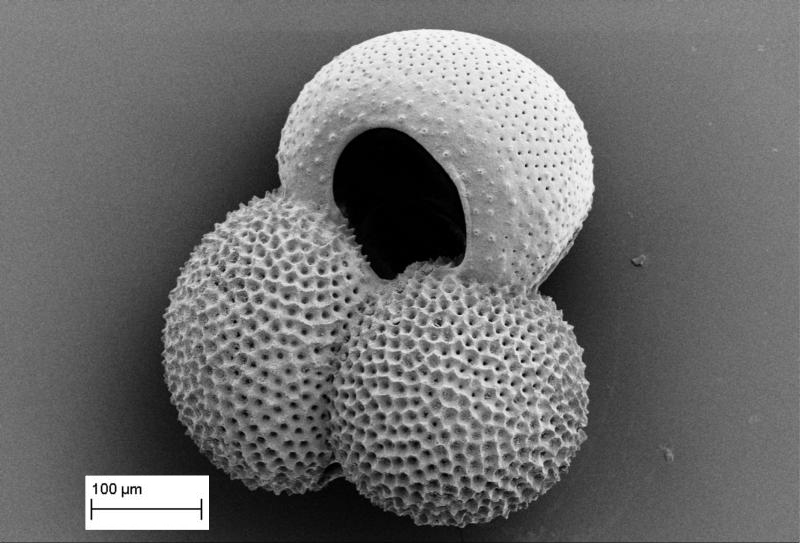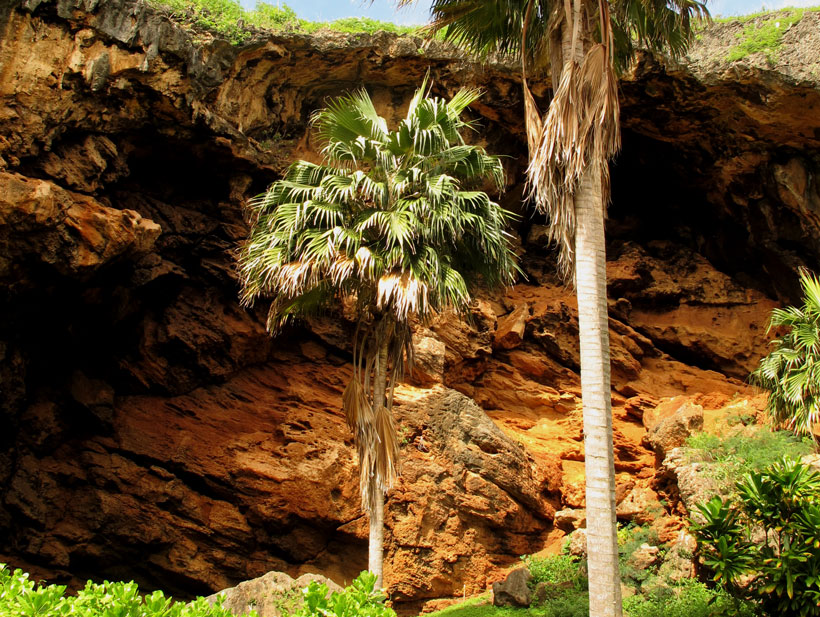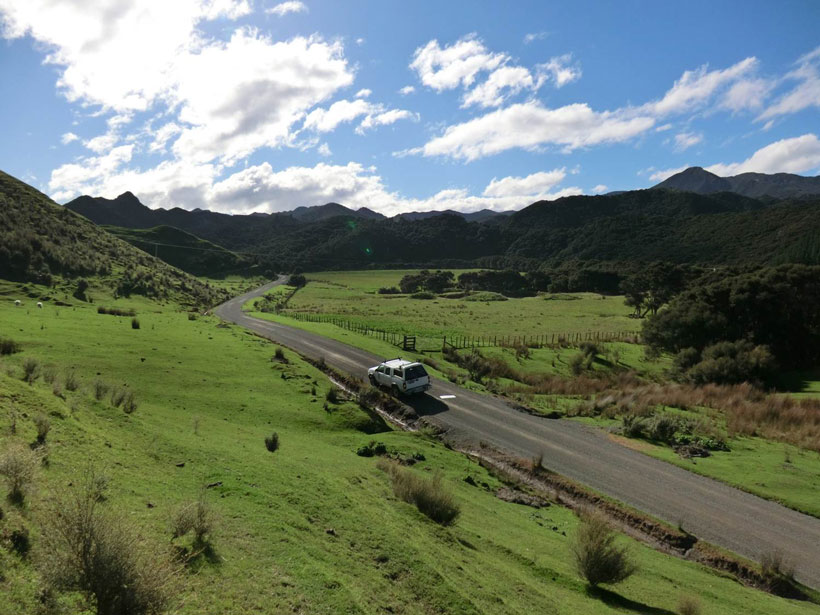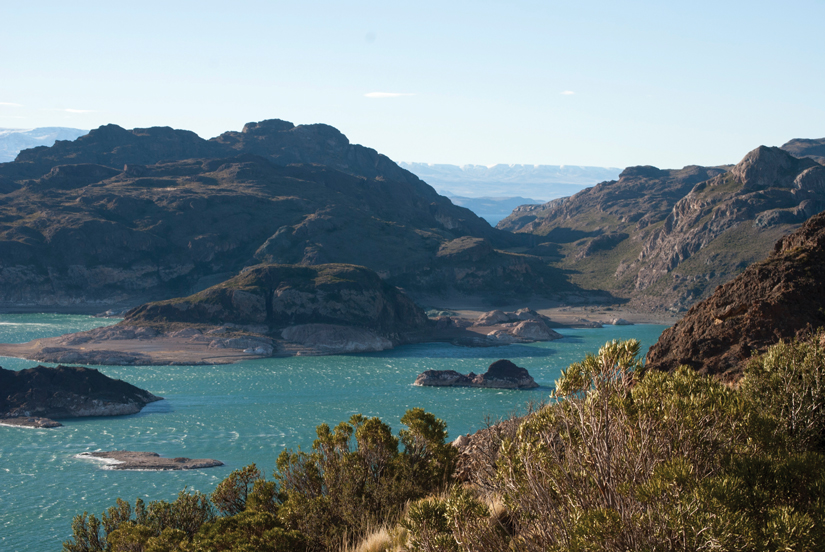Despite indications that the Pacific Ocean is helping to take up the world's missing surface heat, the heat doesn't linger; oceanographers now find that heat has moved over to the Indian Ocean.
Pacific Ocean
Survival of Young Sardines Flushed Out to Open Ocean
Despite favorable conditions within eddies and streamers that form ideal habitats for larval sardines, the young fish may not survive when flushed into the open ocean.
Salish Sea a Key Source of Regional Marine Nutrients
A new examination of nitrogen in the coastal waters off the Pacific Northwest shows that the Salish Sea delivers a large fraction of nutrients to shelf waters.
What Drove Sea Surface Temperature Change During the Pleistocene?
New information suggests that atmospheric carbon dioxide concentration was just one of the main drivers of warming sea surface temperatures in the Pleistocene.
Tracking Down a Subduction Zone Earthquake
Researchers use computer simulations to find the date and earthquake source of an ancient tsunami that deposited sediment in a Hawaii sinkhole.
Pacific Plate's Underbelly Revealed Through Explosive Means
Scientists produce their own seismic waves—via explosives—to image the bottom region of the plate subducting under the New Zealand.
Seafloor Changes Above the Tohoku-Oki Earthquake Rupture Zone
Three years after the devastating earthquake, transponders record afterslip deformation on the seabed above the Tohoku-Oki rupture zone.
El Niño Fades Without Westerly Wind Bursts
Pacific Ocean conditions brought El Niño winter forecasts in early 2014, but the chances faded by late summer. New research places blame on shifting winds.
Peruvian Andes Helped to Cool Eastern Equatorial Pacific
Scientists investigate the role of the Peruvian Andes on climate variability.
Detecting Near-Field Tsunamis off the Coast of British Columbia
A Near-Field Tsunami Initiative for the Coast of British Columbia;
Port Alberni, British Columbia, 27–28 March 2014



